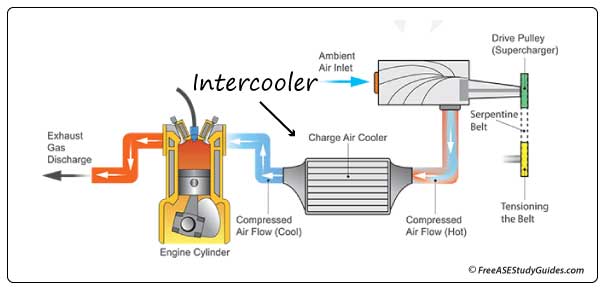ASE A1 Engine Repair Practice Test
31. A spark plug's electrode is covered with thick black carbon deposits. Which of these could be the cause?
- A. The engine has a vacuum leak.
- B. This reading shows normal wear.
- C. The piston rings are worn.
- D. The fuel injector is leaking.
32. While measuring a cylinder head's valve stem installed height, one valve tip is higher than the others. The MOST likely cause of this condition is:
- A. Worn valve springs.
- B. Valve spring installed height.
- C. A worn valve seat.
- D. Loose cylinder head bolts.
33. During an oil change, the technician notices that the oil filter is swollen. Which of the following is LEAST likely to result in this condition?
- A. Unchanged contaminated engine oil.
- B. A stuck closed oil pressure relief valve.
- C. A stuck closed oil filter bypass valve.
- D. Worn crankshaft bearings.

34. The measuring tool pictured above is:
- A. A dial indicator for measuring crankshaft rod journals.
- B. A micrometer for measuring main crankshaft journals.
- C. A dial indicator for measuring crankshaft endplay.
- D. A bore gauge for measuring cylinder wall thickness.
35. A supercharged engine is detonating during acceleration. Technician A says to check the intercooler for leaks. Technician B says to inspect the intercooler's radiator for debris. Who is correct?
- A. Technician A
- B. Technician B
- C. Both A and B
- D. Neither A or B
